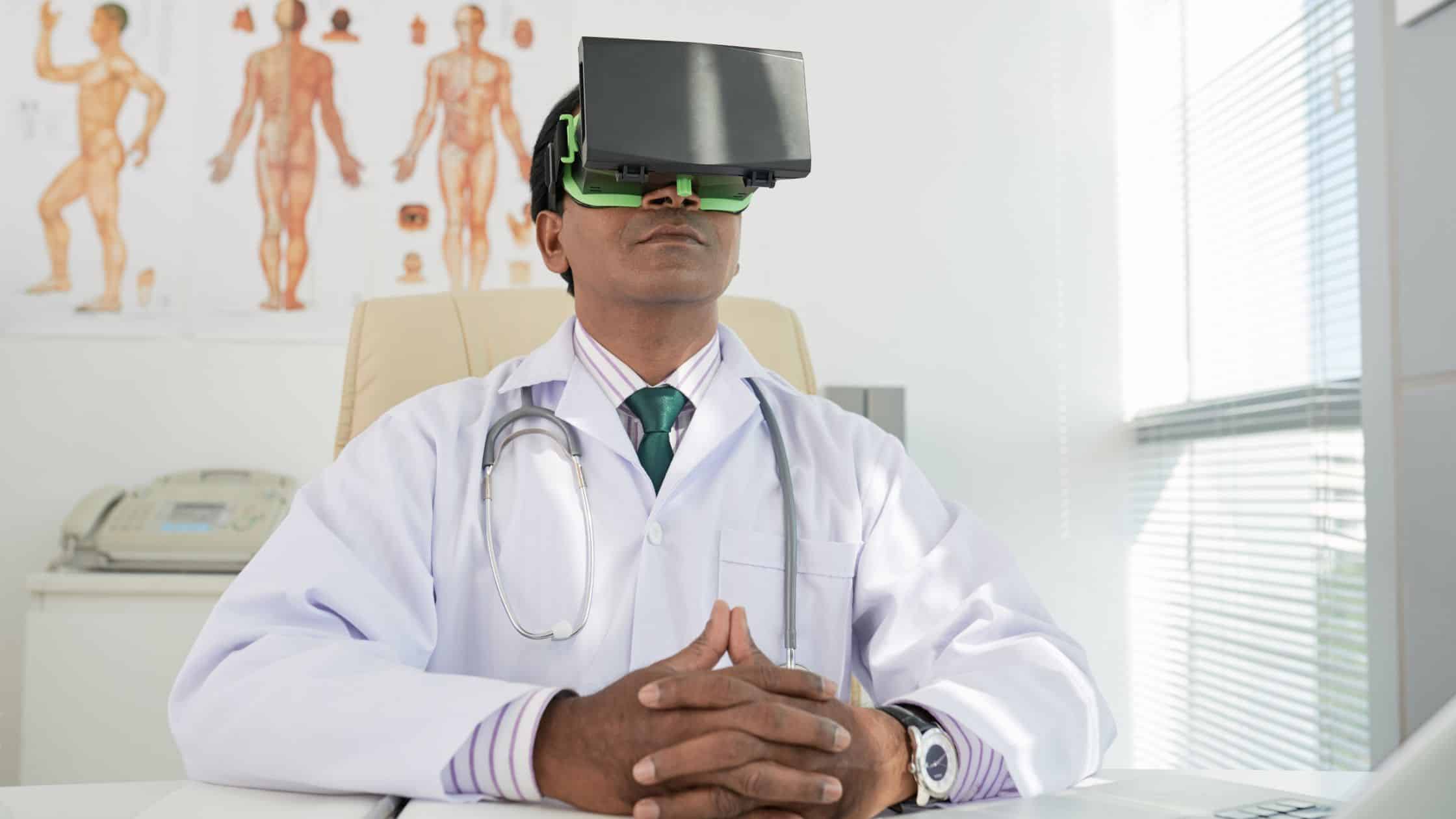Gamification in Medical Education: How Game-Based Learning Transforms Medical Training
Gamification in medical education is revolutionising the way medical students learn, making complex subjects more engaging and interactive. By integrating game-based learning strategies into training, educators can enhance motivation, retention, and skill development among students. This article explores the benefits of gamification, key elements of gamified learning, and real-world examples of gamification in medical teaching. Whether you’re an educator looking to improve medical teaching or a student interested in active learning, this guide will provide valuable insights into the effect of gamification on medical education.
Outline
- What is Gamification in Medical Education?
- Why is Gamification Effective in Teaching Medical Students?
- Key Elements of Gamification in Medical Training
- Examples of Gamification in Medical Education
- Serious Games in Medical Education: How They Work
- Gamification vs. Traditional Teaching Methods: A Comparison
- Gamification in Corporate Training for Healthcare Professionals
- The Impact of Gamification on Medical Student Motivation and Learning Outcomes
- Challenges and Limitations of Gamification in Medical Education
- The Future of Gamification in Medical Teaching and Training
What is Gamification in Medical Education?
Gamification is the application of game elements such as points, badges, and challenges to enhance learning outcomes in education. Gamification in medical education utilises interactive learning methods to teach medical students complex topics in a more engaging manner.
By applying gamification principles, educators create an immersive learning environment where students experience real-world medical scenarios in a controlled and interactive way. Studies have shown that serious games and gamification can improve knowledge retention and problem-solving skills in undergraduate medical education.
Why is Gamification Effective in Teaching Medical Students?
1. Increased Motivation and Engagement
Medical students often face intense academic pressure. Gamification provides an interactive and competitive approach that enhances motivation in medical professions education.
2. Improved Learning Retention
Research indicates that applying gamification leads to better learning outcomes compared to traditional lectures. Engaging in gamified learning helps students acquire medical knowledge more effectively.
3. Active Learning and Skill Development
Gamification encourages active learning, allowing students to practice clinical skills in a simulated learning environment. This enhances their ability to apply theoretical knowledge in real-world scenarios.
Key Elements of Gamification in Medical Training
Successful gamification in medical teaching includes the following game design elements:
- Points and Rewards – Encouraging participation and achievement.
- Leaderboards – Motivating students through competition.
- Storytelling and Simulations – Creating real-life medical scenarios.
- Challenges and Quests – Engaging students in problem-solving tasks.
- Instant Feedback – Helping students track their progress.
Understanding the key elements of gamification allows educators to design effective learning activities such as feedback, improving training and education outcomes.
Examples of Gamification in Medical Education
1. Virtual Patient Simulations
Medical students interact with virtual patients, diagnosing conditions and making treatment decisions.
2. Case-Based Learning Games
These games require students to solve complex medical cases, improving clinical reasoning to medical students.
3. Online Medical Trivia Games
Quizzes and trivia-style games enhance students’ understanding of medical knowledge in a fun and interactive way.
4. Escape Room Challenges in Medical Teaching
Students work in teams to solve medical puzzles, reinforcing effective learning techniques.
Serious Games in Medical Education: How They Work
Serious games in medical education focus on enhancing skills and knowledge while maintaining engagement. Serious games and gamification provide alternative approaches to traditional teaching.
These games allow students to practice diagnosing diseases, performing surgical procedures, and understanding the medical costs in the clinical setting. Research shows that games for medical education lead to better decision-making skills and increased confidence in clinical practice.
Gamification vs. Traditional Teaching Methods: A Comparison
Gamification in medical education offers a highly interactive and competitive learning experience, whereas traditional teaching methods rely on passive learning through lectures. Knowledge retention is significantly higher with gamification because it encourages active participation, while traditional methods often result in lower retention due to one-way communication.
In terms of skill development, gamification promotes hands-on practice, allowing medical students to apply their knowledge in simulated environments. Traditional methods, on the other hand, provide limited opportunities for practical application. Another key advantage of gamification is instant feedback, which helps students identify and correct mistakes in real time. In contrast, traditional learning often relies on delayed feedback through exams, which may not be as effective in reinforcing learning.
The use of gamification enhances medical teaching, making learning more engaging, interactive, and effective than traditional rote memorisation.
Gamification in Corporate Training for Healthcare Professionals
Gamification in corporate training is used in hospitals and healthcare institutions to train medical staff. It improves the training of medical students and healthcare professionals by incorporating gamified elements into professional development programs.
Corporate training includes game design elements such as scenario-based simulations, quizzes, and interactive challenges to enhance learning objectives. The effectiveness of gamification in corporate healthcare training is evident in improved employee engagement and retention.
The Impact of Gamification on Medical Student Motivation and Learning Outcomes
Studies indicate that the impact of gamification on medical students is profound. Gamification of learning has been linked to:
- Increased motivation in medical students through gamification.
- Enhanced understanding of complex medical topics.
- Improved problem-solving skills and clinical reasoning to medical students.
- Education of medical students in an interactive and immersive way.
Gamification is gradually being used for education for medical students, as it fosters interactive learning and helps students to learn more efficiently.
Challenges and Limitations of Gamification in Medical Education
While gamification has been widely used, it comes with challenges:
- High Development Costs – Creating games and gamification in medical education can be expensive.
- Learning Curve – Some educators may struggle to integrate gamification effectively.
- Balancing Fun with Education – Ensuring gamification provides educational value without distractions.
Despite these challenges, the application of gamification continues to grow in resident medical education.
The Future of Gamification in Medical Teaching and Training
The future of gamification in action looks promising. Gamification is still evolving, with advancements in use of technology such as virtual reality and AI-driven simulations.
Potential trends include:
- AI-Powered Medical Games – Enhancing education for health professionals.
- Gamification of Dermatology – Specialised medical fields adopting game-based learning.
- Personalised Gamification – Adaptive learning experiences tailored to each student’s needs.
As gamification provides alternative approaches, it will play a crucial role in enhancing the learning experience for future medical professionals.
Key Takeaways: The Role of Gamification in Medical Education
✔ Gamification in medical education enhances engagement, motivation, and learning outcomes.
✔ Serious games in medical education help medical students develop clinical reasoning skills.
✔ Examples of gamification include virtual simulations, case-based learning, and escape room challenges.
✔ Gamification in corporate training is effective in healthcare professional development.
✔ Despite challenges, the future of gamification in medical education is bright, with AI and VR advancements leading the way.
If you’re looking to implement gamification in your medical training program, now is the time to explore this innovative approach!

